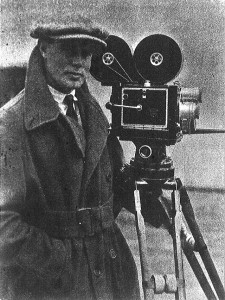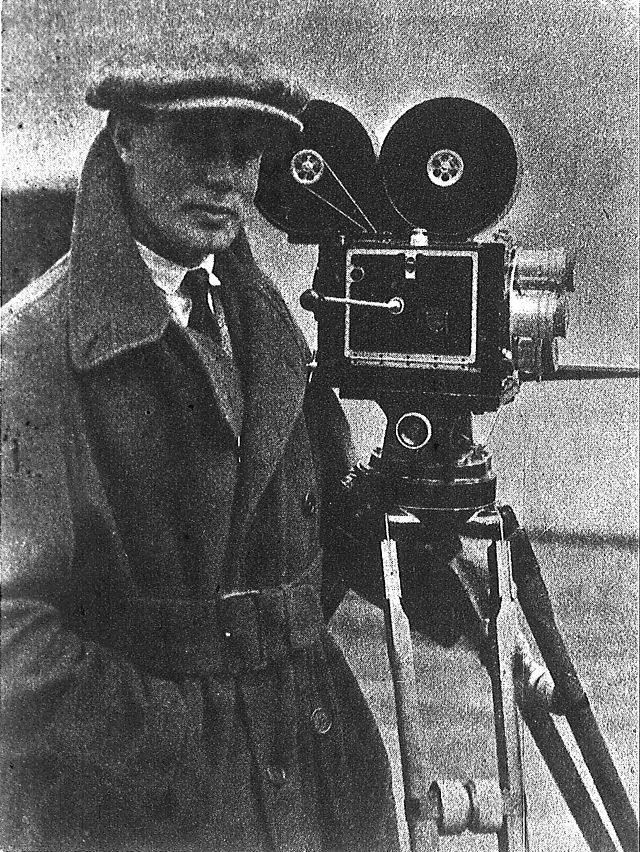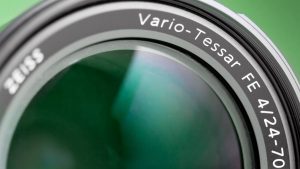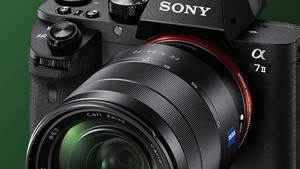
Is there a difference between a cinematographer and a camera operator/videographer? Absolutely! The differences go back to the roots of film and video. Even though the lines are blurring between television, film, and commercials, the distinction is more important than ever. A quick history lesson is helpful to understand what the words have come to mean today.
Camera operators* (or in the less politically-correct past, cameramen) historically worked for news organizations. Their objective was objectivity. This drive to convey information, as opposed to emotion, is the key component of videographers/camera operators/news photogs today. They typically use cameras mounted at eye level, seeing the world as we see it with our eyes. They shoot their subject in available light, and capture moments as they happen.
In the early 20th century, their tool of choice was a rugged 16mm film camera. The 1960s saw a migration of newsgathering to video, and that trend continues today. Studio camera operators, once a popular job at local television stations as well as national broadcasters, have become less common as motorized camera systems allow for more automation. Sports camera operators typically shoot from fixed positions with cameras optimized for live event shooting. The goal is to be able to get out of the news van, turn on the camera, and capture the story as easily as possible. Today’s news camera operators use ENG/EFP (Electronic News Gathering/Electronic Field Production) cameras to capture their stories.
Cinematographers (also called directors of photography) historically worked for film studios. Their objective is emotion, and they use all the tools and takes they need to get the desired result. Hiring a cinematographer has become a standard for larger-budget commercials, narrative television, and music videos. Today, many members of the American Society of Cinematographers (ASC) shoot much of their work for television and the internet.

Throughout the entire 20th century, cinematographers typically shot on 35mm or larger film cameras. Technology advances, spurred by advancements in video, meant film’s heyday couldn’t last. The cameras used by television stations weren’t designed to be used as 35mm film camera replacements, so a new type of camera was born: the digital cinema camera. Digital cinema cameras give cinematographers all the tools in a traditional 35mm film camera, plus the advantages of working in digital. While most digital cinema camera packages cost upwards of $50,000, there is a growing market for affordable cinema cameras, with entry-level options just a few thousand dollars.
Today, the lines are blurring between video and digital cinema cameras, and the difference between cinematographers and videographers/camera operators is more nuanced. The key component is no longer the camera or the crew, but rather the objective. If you want a video to capture things “as they are,” whether it’s an event, news story, or presentation, you’re probably looking for a camera operator or videographer. If you’re trying to tell a story with lights, perspective, lens choice, and other cinematic tools, you’re probably looking for a cinematographer.
Posted by Director of Photography Jon Kline
*In this case, I don’t mean the term “camera operator” as used on a motion picture set.



